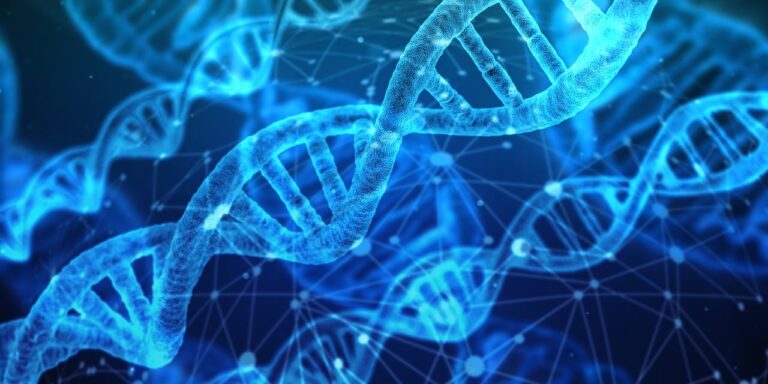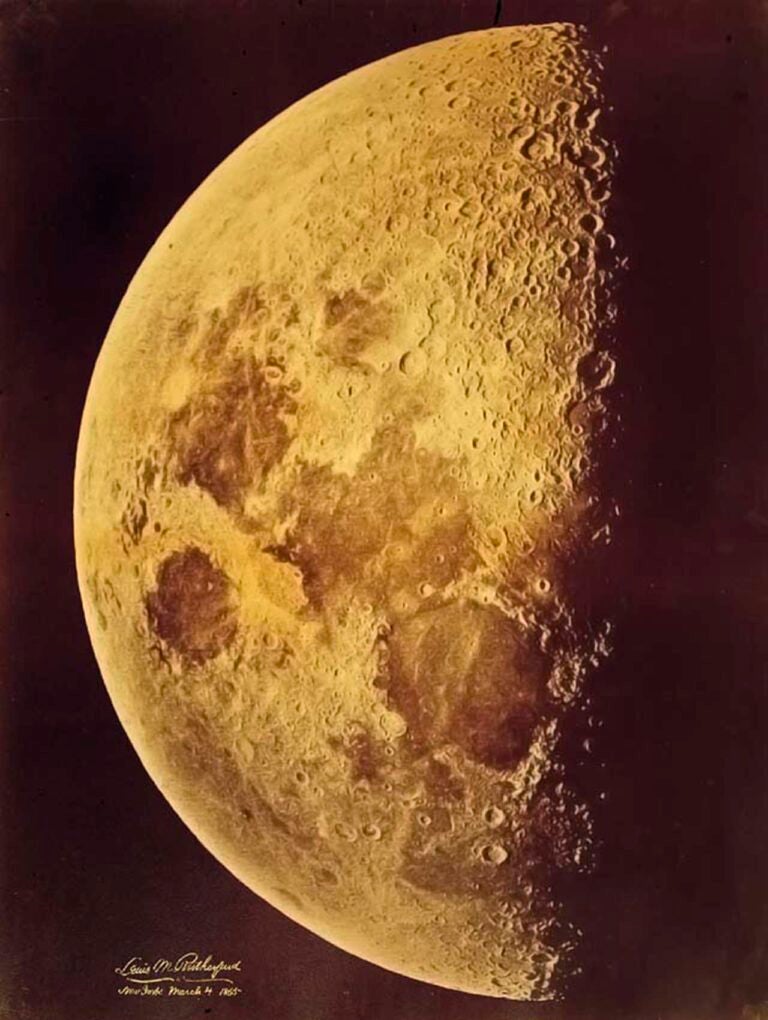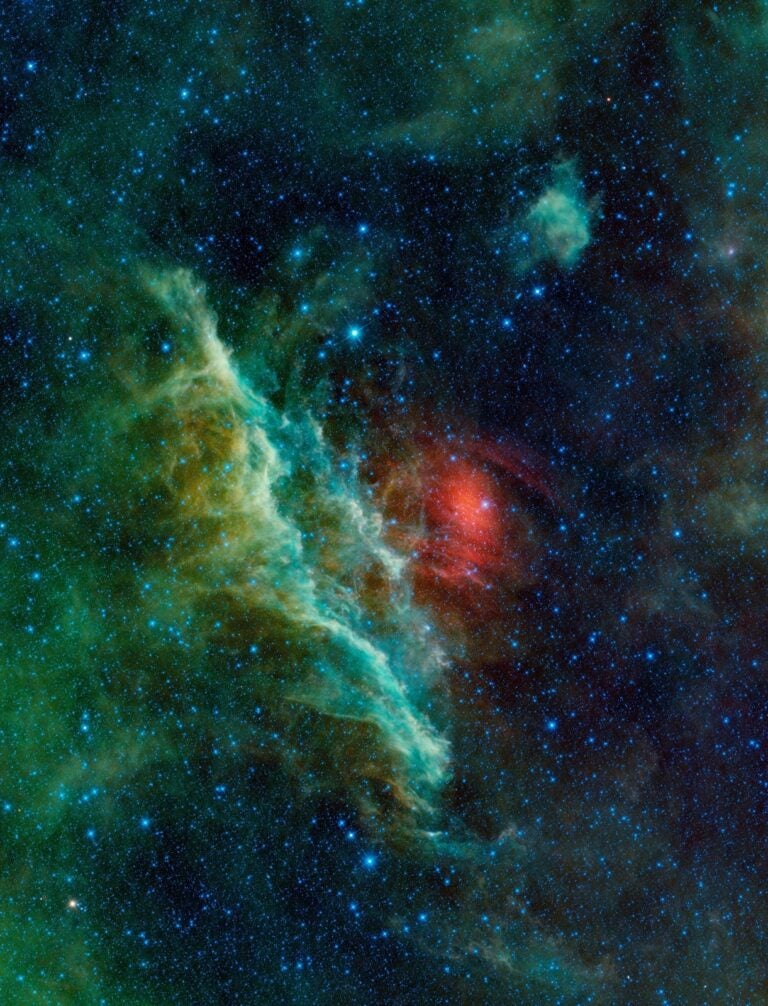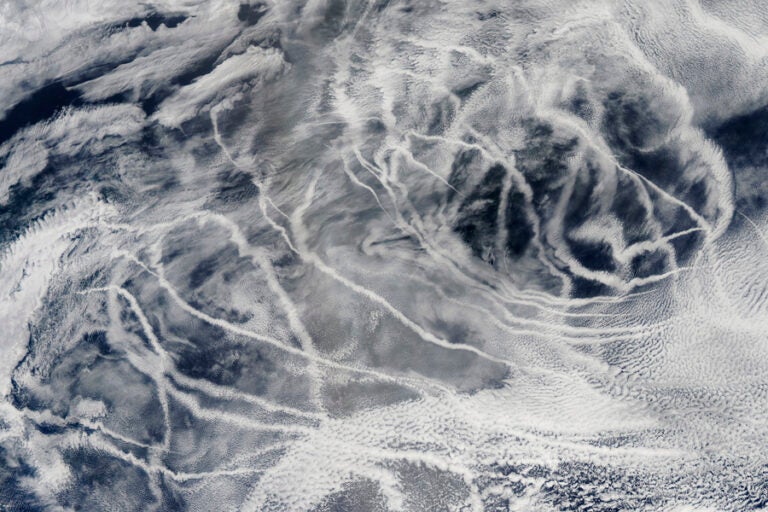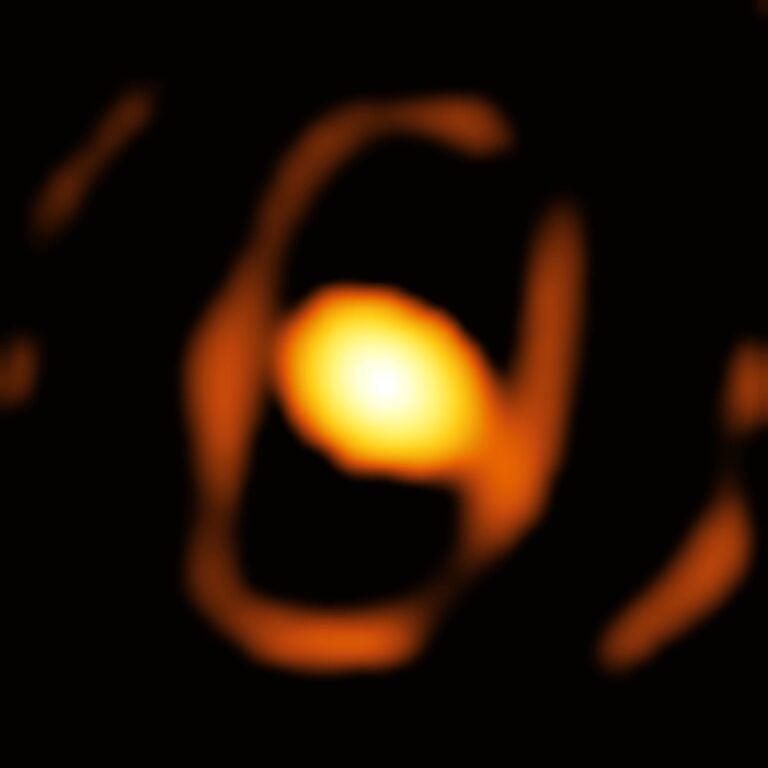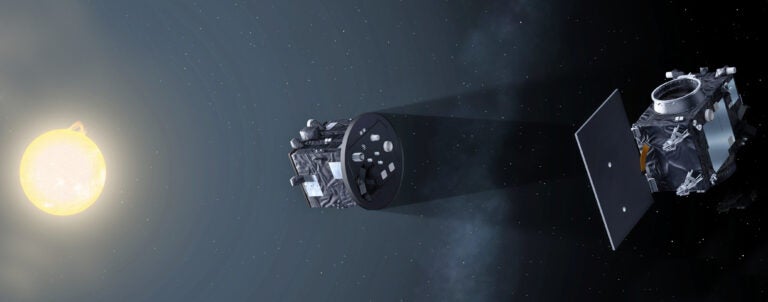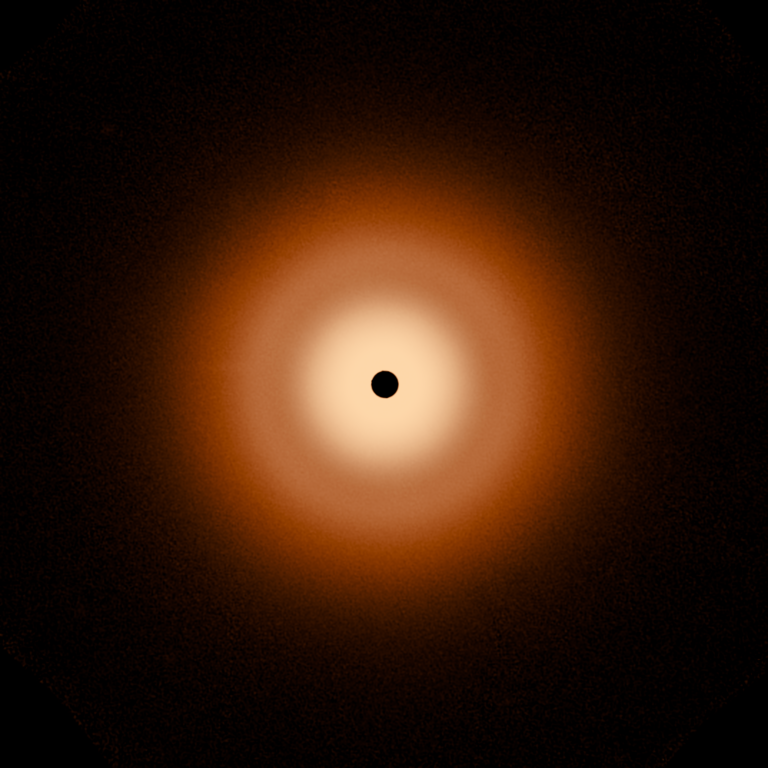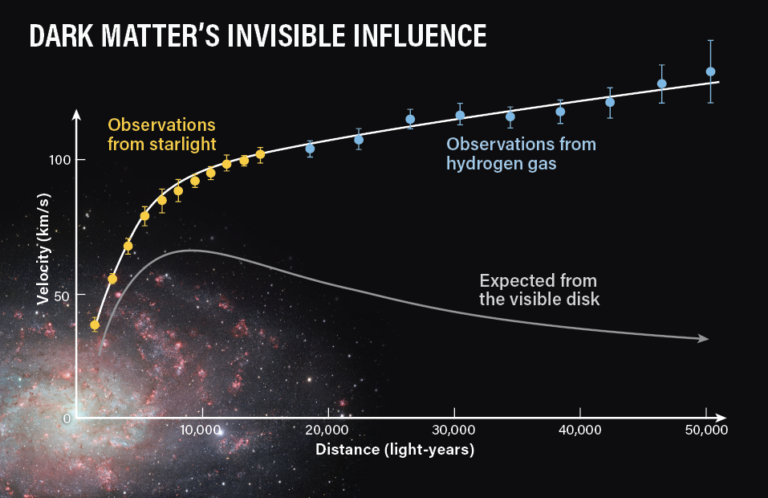Our moon has a violent past that just got a little more fearsome.
Planetary formation is not for the weak of heart. Building a planet from countless grains of dust and tendrils of gas is a violent process of colliding, coalescing, and melting into bigger and bigger rocks. Our Earth was a decently-sized world when it took one final hit: a Mars-sized object smashed into our home planet.
We used to think this object, Theia, struck a glancing blow and was captured into Earth orbit as our new moon. With this theory of a relatively low-energy impact, Theia peeled off a chunk of the Earth as molten debris and vaporized a bit more with the energy of impact. The material coated the new moon in a mantle of terrestrial geological material around an alien core, geologically similar yet distinctly separate.
But that story doesn’t hold up under the cold light of geochemical analysis.
The Apollo astronauts brought back a precious cargo of 842 pounds of rock, pebbles, and dust from the moon. Scientists painstakingly analyze these samples to build a picture of our nearest neighbor. During recent reanalysis with high-precision instruments, researchers found a curious quirk.
Lunar rocks are almost, but not quite, like those on Earth. They’re too similar to be formed from completely different parent-rocks, and must share a common past. And yet lunar rocks have a slight over-abundance of a particular chemical isotope, potassium-38, so their pasts cannot be identical.
Researchers Kun Wang and Stein B. Jacobsen developed a new origin story for the moon to explain this potassium riddle. Their research was published in Nature Geoscience yesterday.
Instead of a glancing blow, what if Theia hit the Earth straight on? In this theory, the higher-energy impact disintegrates Theia completely, and strips Earth of its outer layers of crust and mantle. The debris melts into a planetary stew, the implacable power of angular momentum drawing it out into a dense, hot disk.
Earth’s brief ring is more reminiscent of Venusian hellscapes than Saturn’s delicate structures. It’s hot enough to vaporize rock and rain lead, with atmospheric pressures more than ten times higher than we find at sea level. In this stew, the biggest fragments of coalesce into moonlets, growing into a moon. The lightest potassium elements disproportionately condense out on the young moon, leaving the heavier elements to rain down on Earth.
It’s a wild story for how we got our moon. But right now, it’s the story that makes the most sense.


